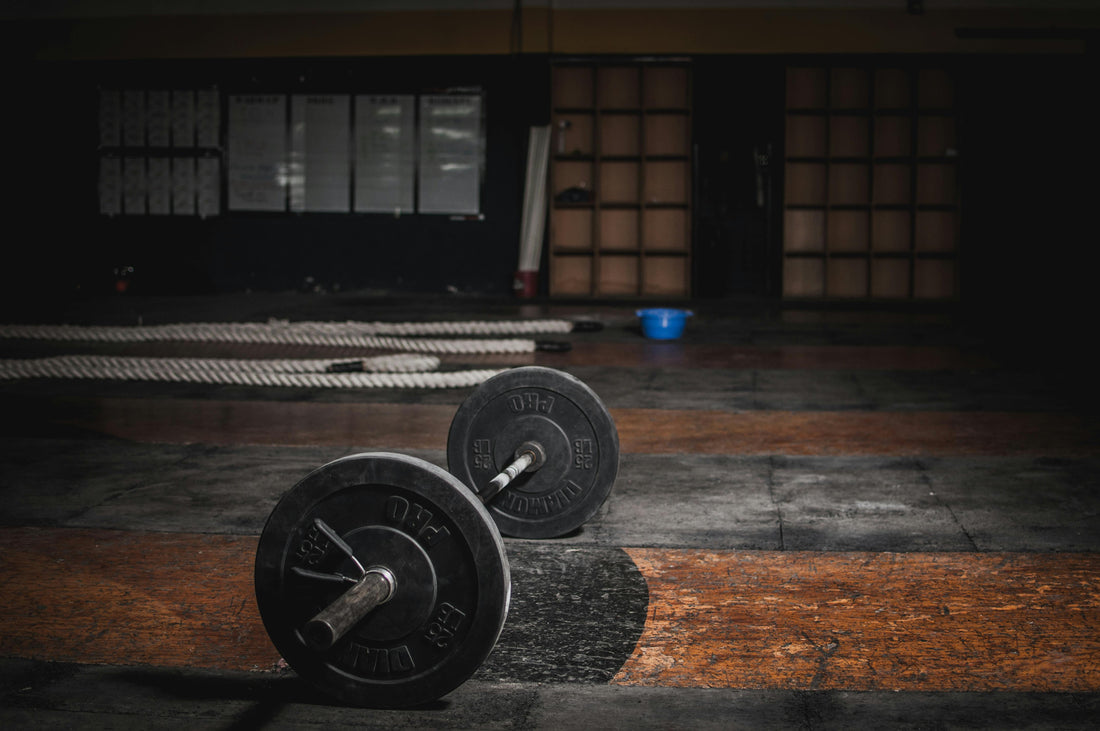
Why Kids Need More Than Just Running Around
Share
For years, we’ve heard that children and teenagers should run, cycle, or swim to stay healthy. While aerobic activities are great, new research shows that we may be missing something important—resistance training (RT). This means exercises like squats, push-ups, or even lifting light weights. And it’s not just for adults.
What Is Resistance Training?
Resistance training involves using your muscles to push, pull, or lift something. It could be your own body weight, dumbbells, resistance bands, or even jumping exercises. When done properly, it helps build strength, muscle, and confidence in young people.
Why Strength Matters for Youth
A worrying trend called paediatric dynapenia—low muscle strength in children and teens—is on the rise. This can lead to poor movement skills, less physical activity, and more injuries. Kids who are weak are less likely to join in sports or even play, which only makes things worse.
Early strength training can break this cycle. It builds a foundation of strength, helps kids feel confident in their bodies, and encourages lifelong physical activity.
Health Benefits Beyond Muscles
RT isn’t just about looking strong. It also helps with:
- Better heart health: Like cardio, RT improves fitness levels and reduces body fat.
- Improved blood sugar control: It can prevent or delay type 2 diabetes.
- Stronger bones: Especially during growth years, resistance exercises help increase bone density, reducing the risk of osteoporosis later in life.
- Mental health boost: RT has been linked to better mood, self-esteem, and even academic performance.
Isn’t Cardio Enough?
Cardio is great, but it has limits. For example, swimming may not do much for bone health because it doesn’t involve impact on the bones. RT, especially jump-based exercises like hopping or skipping, puts good stress on bones to make them stronger.
Plus, research shows that kids may enjoy RT more than cardio, especially those who are overweight or not naturally athletic. Enjoyment means they’re more likely to stick with it.
Injury Prevention Starts Young
Stronger muscles support joints and improve balance. RT reduces the risk of common injuries, especially in kids who play sports. It teaches them how to move properly and prepares their bodies for more demanding activities.
How to Start Safely
Many parents worry RT might be unsafe for children. But research shows it’s very safe if done correctly:
- Start with bodyweight exercises like squats or push-ups.
- Focus on learning good technique first.
- Make sure a trained adult supervises the workouts.
- Use age-appropriate exercises—no need for heavy weights.
Even kids as young as 7 or 8 can start, as long as they can follow instructions.
It’s Time to Rethink Fitness for Kids
We need to shift how we think about youth fitness. Current guidelines focus mainly on cardio. But RT should be a core part of every child’s activity routine, not just an extra.
By building muscle strength early, we help children become healthier, more active, and more confident—for life.
